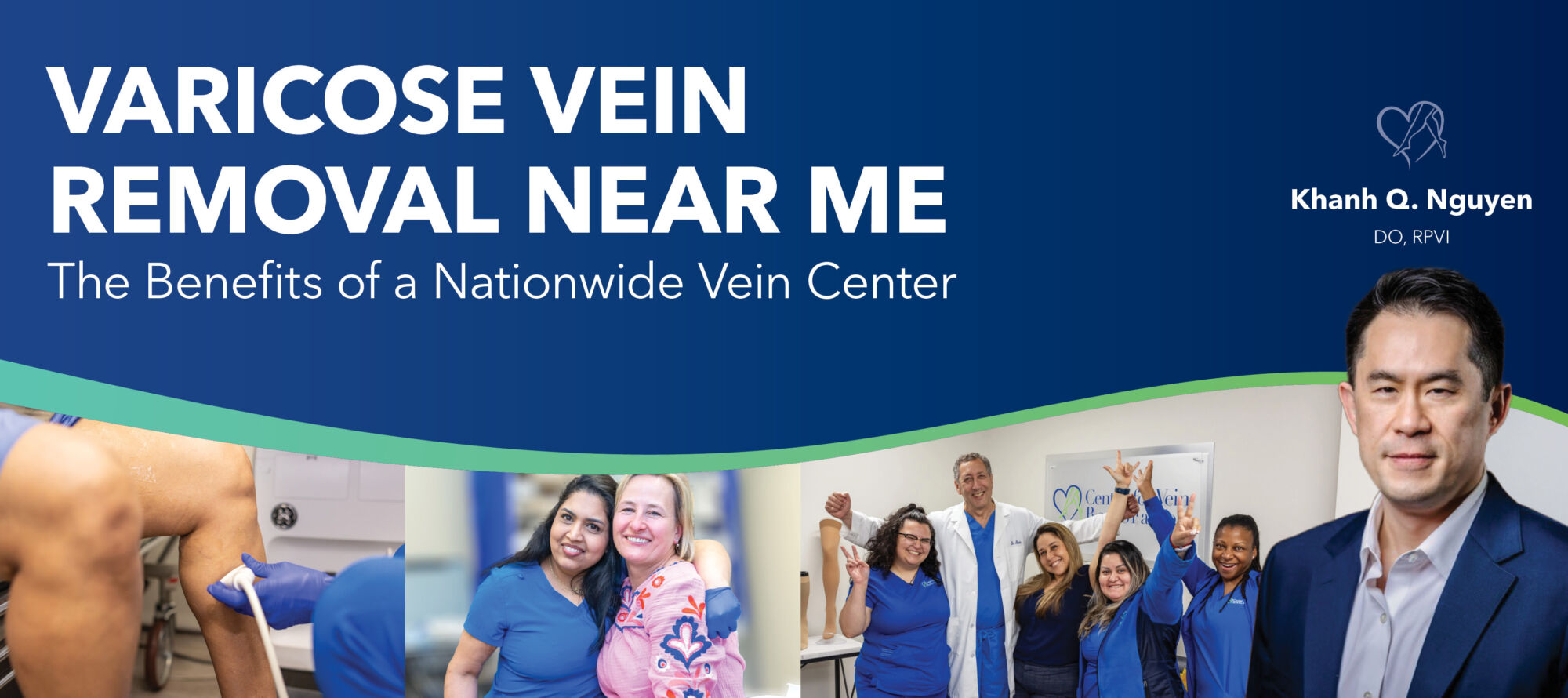

One outgrowth of varicose veins is the dry, itchy skin of eczema. If you already have varicose veins, it’s likely

Whether your family celebrates Passover starting on April 19 or Easter on April 21, the staff at Center for Vein Professionals hopes that your family enjoys the holiday.

March has been designated Deep Vein Thrombosis Awareness Month. This month, learn more about this potentially life-threatening condition.

Simply waiting for your varicose veins to disappear will not rid you of them. Varicose veins are caused by an

Varicose veins are a common problem for adults in the U.S., affecting both men and women as they reach the later years of their lives. While you may be all too familiar with the sight of those bulging vessels, you may not realize that varicose veins are often a sign of an underlying vein condition known as chronic venous insufficiency or CVI.

If RLS is keeping you up at night, it could be due to varicose veins. If you suffer from both restless leg syndrome (RLS) and varicose veins, you’re not alone; several scientific studies have documented a link between the two conditions.

CVR participates in DVT Awareness Month, a national public health initiative throughout March.

Weakened, swollen veins can bleed profusely, whether from internal rupture or a slight scratch. Here’s why you should seek medical